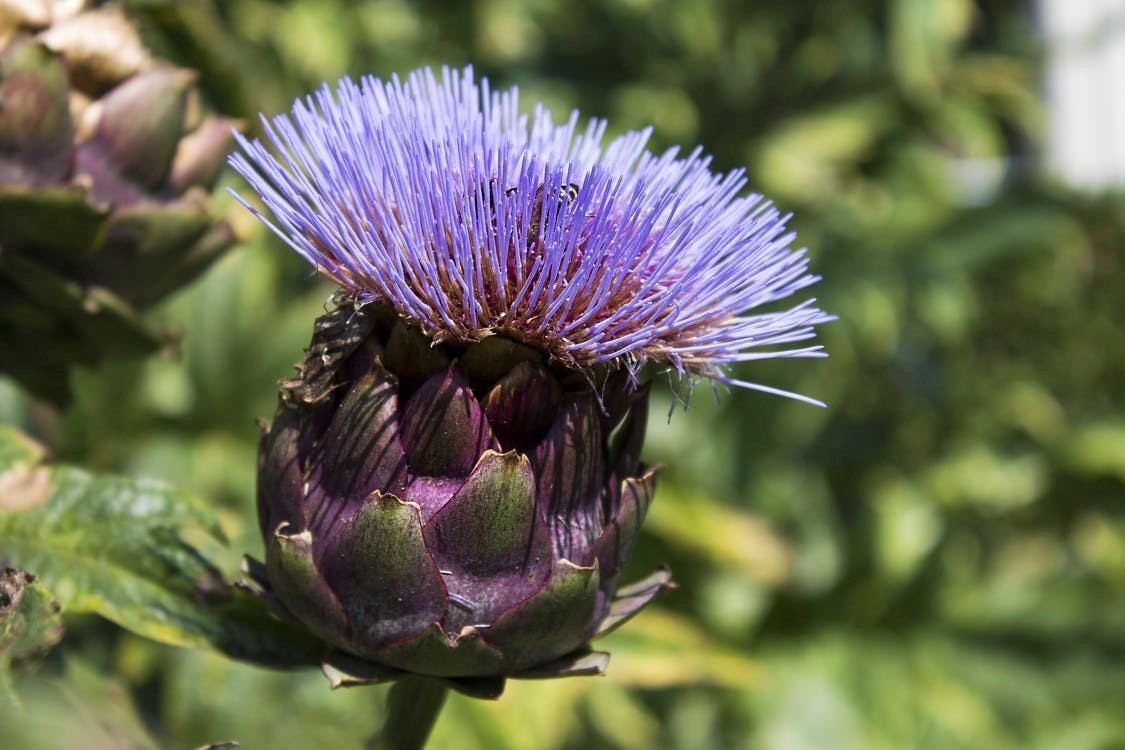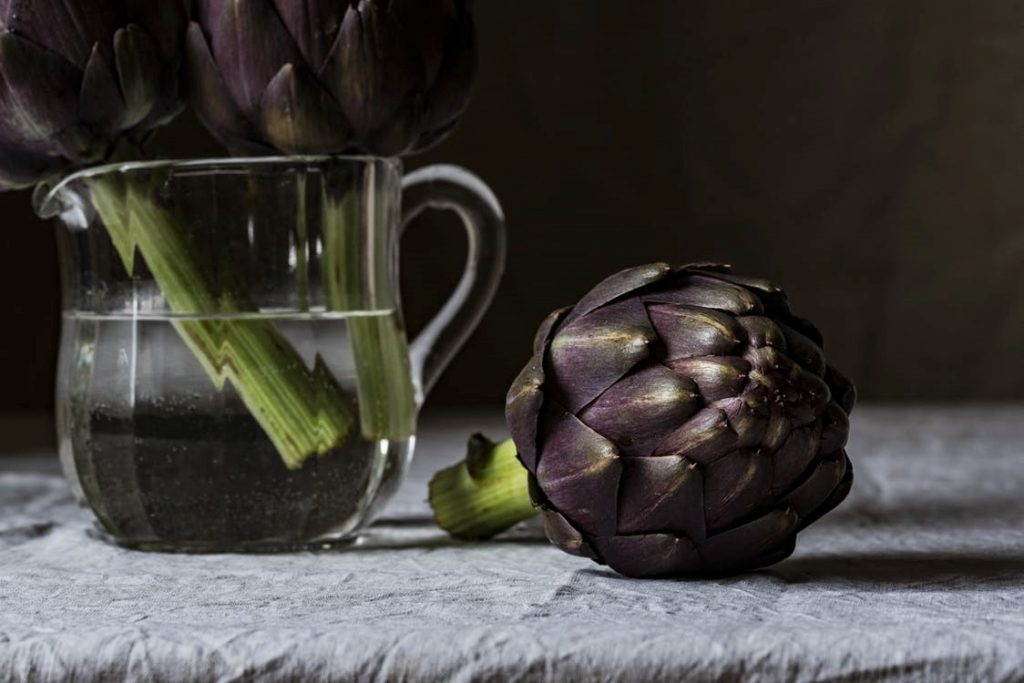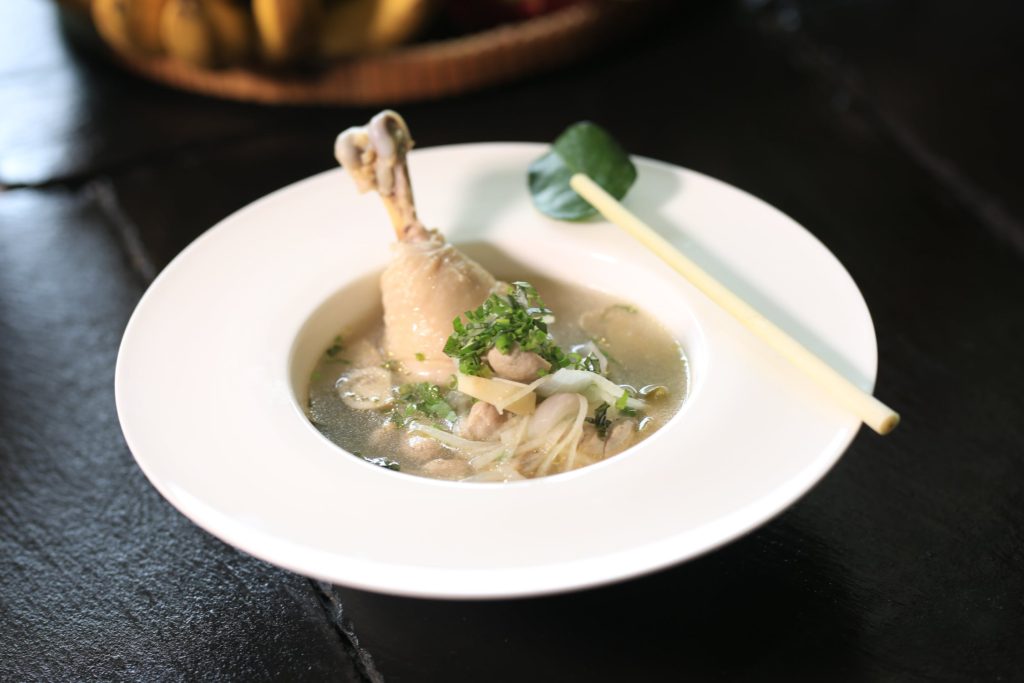
fciwomenswrestling.com femcompetitor.com, fcielitecompetitor.com, fciwomensports, pexels.com pixabay.com
June 14, 2020,
Variety is the spice of delicious eating.
Have you tried pickled artichokes lately with your plate of macaroni or spaghetti? It is absolutely delicious.
The best part is that artichokes are extremely good for you too.
The total antioxidant capacity of artichoke flower head is one of the highest reported for vegetables.
The team at the National Library of Medicine educates, “Artichoke (Cynara scolymus L.), an edible vegetable from the Mediterranean area, is a good source of natural antioxidants such as vitamin C, hydroxycinnamic acids, and flavones.”
The edible portion of the plant consists of the flower buds before the flowers come into bloom.

The budding artichoke flower-head is a cluster of many budding small flowers (an inflorescence), together with many bracts, on an edible base. Once the buds bloom, the structure changes to a coarse, barely edible form.
That is why you may need to learn how to prepare it for a meal.
True, there is a modern movement towards healthy eating and you can count artichokes in on that healthy dietary conversation but civilizations have known for centuries the importance of the artichoke.
The artichoke is a domesticated variety of the wild cardoon which is native to the Mediterranean area.
In North Africa, where it is still found in the wild state, the seeds of artichokes, probably cultivated, were found during the excavation of Roman-period Mons Claudianus in Egypt.
Today, cultivation of the globe artichoke is concentrated in the countries bordering the Mediterranean basin. The main European producers are Italy, Spain, and France and the main American producers are Argentina, Peru and the United States.
In the United States, California provides nearly 100% of the U.S. crop, with about 80% of that being grown in Monterey County; there, Castroville proclaims itself to be “The Artichoke Center of the World” and holds the annual Castroville Artichoke Festival.
Let’s visit Castroville, California.

Castroville is a census-designated place in Monterey County.
At the time of the 2010 census the population was 6,481.
Perhaps the nearest more famous town, only 14 miles away, is Salinas.
As of 2019, Salinas has a population of 155,564 and is the most populous city in Monterey County.
It is an urban area located just outside the southern portion of the greater San Francisco Bay area, roughly eight miles from the Pacific Ocean, and it has a climate more influenced by the ocean than the interior.
Sounds nice. Someone should write a book about it. Hey, they did.
It was the hometown of writer and Nobel laureate John Steinbeck (1902–68), who set many of his stories in the Salinas Valley, Monterey area and California, the Grapes of Wrath being one of them.
Now the region is becoming more famous for its nutritious artichokes.
The challenge is that nutritious doesn’t always translate into tasting delicious.
If you’ve made the decision to include this incredible historical plant in your diet, we have an intriguing visiting writer with some suggestions on how to prepare it for fine dining.
Artichoke Soup With Petite Carrots, Lemon, and Tubettini

By Harriet Hodgson
I love artichokes so much I could do commercials for the California Artichoke Board. This week I had a Christmas luncheon for nine friends. What would I serve? Artichokes were at the top of my list. I decided to serve artichoke soup, a chopped salad with walnut-parmesan toasts, and raspberry trifle for dessert.
Unable to find the “right” recipe on the Internet, I created my own, using frozen artichokes, petite carrots, fresh lemon juice, and tiny tube pasta. Artichoke soup was a hit and my friends asked for the recipe. “There isn’t one,” I said. “I made up the recipe.”
“You have a good memory,” one replied. “Think about what you did, write down the recipe, and send it to us.” I did. You may add more carrots and chopped scallions, if you wish, or less pasta. I cooked the pasta a day ahead to save time on luncheon day, but you may cook it in the stock. I do not recommend canned artichokes because they have less flavor.
According to the Agriculture Marketing Resource Center Web site, French immigrants brought artichokes to the U.S. in the 1800s and grew them in Louisiana. Artichokes are actually flowers and only the centers of the buds can be eaten.
California is the main producer of artichokes and the Green Globe variety is the most popular. Castroville, CA has an Artichoke Festival in May. Artichokes thrive in cool coastal climates, according to the festival’s Web site, but freezing temperatures can kill plants. Artichokes are planted in the fall, harvested in the spring, and refrigerated immediately.
Lemon and artichokes are a match made in heaven, which is why I added fresh juice to my soup. The recipe serves at least 12 and may be frozen. I should probably get big bucks for Artichoke Soup With Petite Carrots, Lemon, and Tubettini, but you may have it for free. After all, it is the season of giving.
INGREDIENTS
2 32-ounce cartons of natural chicken stock
2 tablespoons sodium-free chicken soup base OR sodium-free bouillon in packets
2 cups water
1 pound frozen artichokes (two 8-ounce bags)
2 cups petite carrots, sliced
3/4 cup chopped Italian flat leaf parsley
juice of 1 1/2 large lemons
McCormick Salt-Free Lemon & Pepper Seasoning to taste
3 cups cooked tubettina pasta (tiny tubes)
about 4 tablespoons of Wondra flour
METHOD
Cook pasta a day ahead. Coat with a tablespoon of olive oil to prevent clumping and refrigerate.
Defrost artichokes in microwave. Cut large artichokes in half. Combine chicken stock, soup base, water, artichokes, carrots, parsley, lemon juice, and seasoning in a large soup kettle. Bring to a boil and simmer until carrots are tender. Add cooked pasta.
Whisk water into Wondra flour until it is the consistency of heavy cream. Drizzle the flour mixture into the soup and cook until it thickens. Serve in warm bowls with crackers, garlic bread, or walnut-parmesan toasts. Makes 12 servings.
Copyright 2006 by Harriet Hodgson
http://www.healthwriter.blogspot.com
Harriet Hodgson has been a freelance nonfiction writer for 28 years. She is a member of the Association of Health Care Journalists and the Association for Death Education and Counseling. Before she became a health writer Hodgson was a food writer for the original “Rochester Magazine” in her home town of Rochester, MN. Her 24th book, “Smiling Through Your Tears: Anticipating Grief,” written with Lois Krahn, MD is available from http://www.amazon.com. A five-star review of the book is posted on Amazon. Another review is posted on the American Hospice Foundation Web site under the “School Corner” heading.
~ ~ ~
OPENING PHOTO fciwomenswrestling.com femcompetitor.com, fcielitecompetitor.com, fciwomensports, pexels.com pixabay.com
https://EzineArticles.com/expert/Harriet_Hodgson/7963
http://EzineArticles.com/387733
https://pubmed.ncbi.nlm.nih.gov/12926911/
https://en.wikipedia.org/wiki/Castroville,_California
https://en.wikipedia.org/wiki/Salinas,_California
https://ezinearticles.com/?Artichoke-Soup-With-Petite-Carrots,-Lemon,-and-Tubettini&id=387733
https://fciwomenswrestling.com/
https://www.fcielitecompetitor.com/



